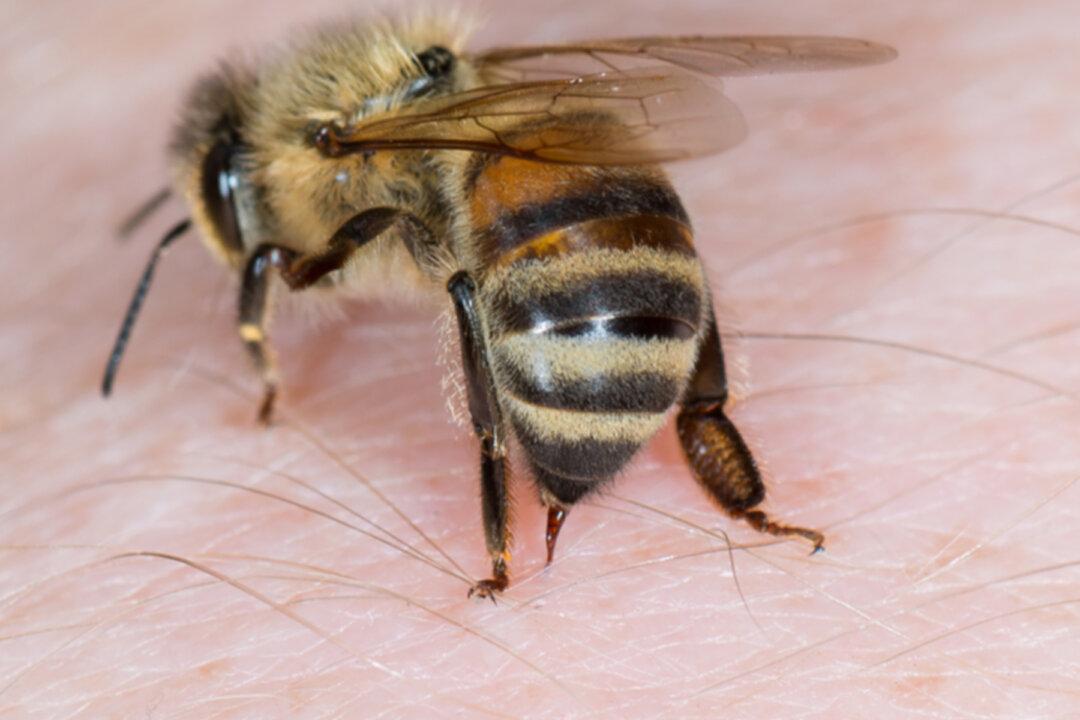A team of Australian scientists has conducted lab work using honeybee venom with encouraging results; the venom, they discovered, has the capacity to halt the growth of aggressive breast cancer cells.
Dr. Ciara Duffy, study leader and PhD researcher at the Harry Perkins Institute of Medical Research in Western Australia, told the BBC that the 312 venom extracts collected were “extremely potent.” One sample destroyed its target cancer cells within just 60 minutes.





